Nine unusual berries that you should be growing in your garden, from boysenberries to wineberries
There’s a wealth of juicy deliciousness beyond the standard fruit-cage fare of strawberry, raspberry and blackberry. Mark Diacono explores all the other berries we should be growing, too.

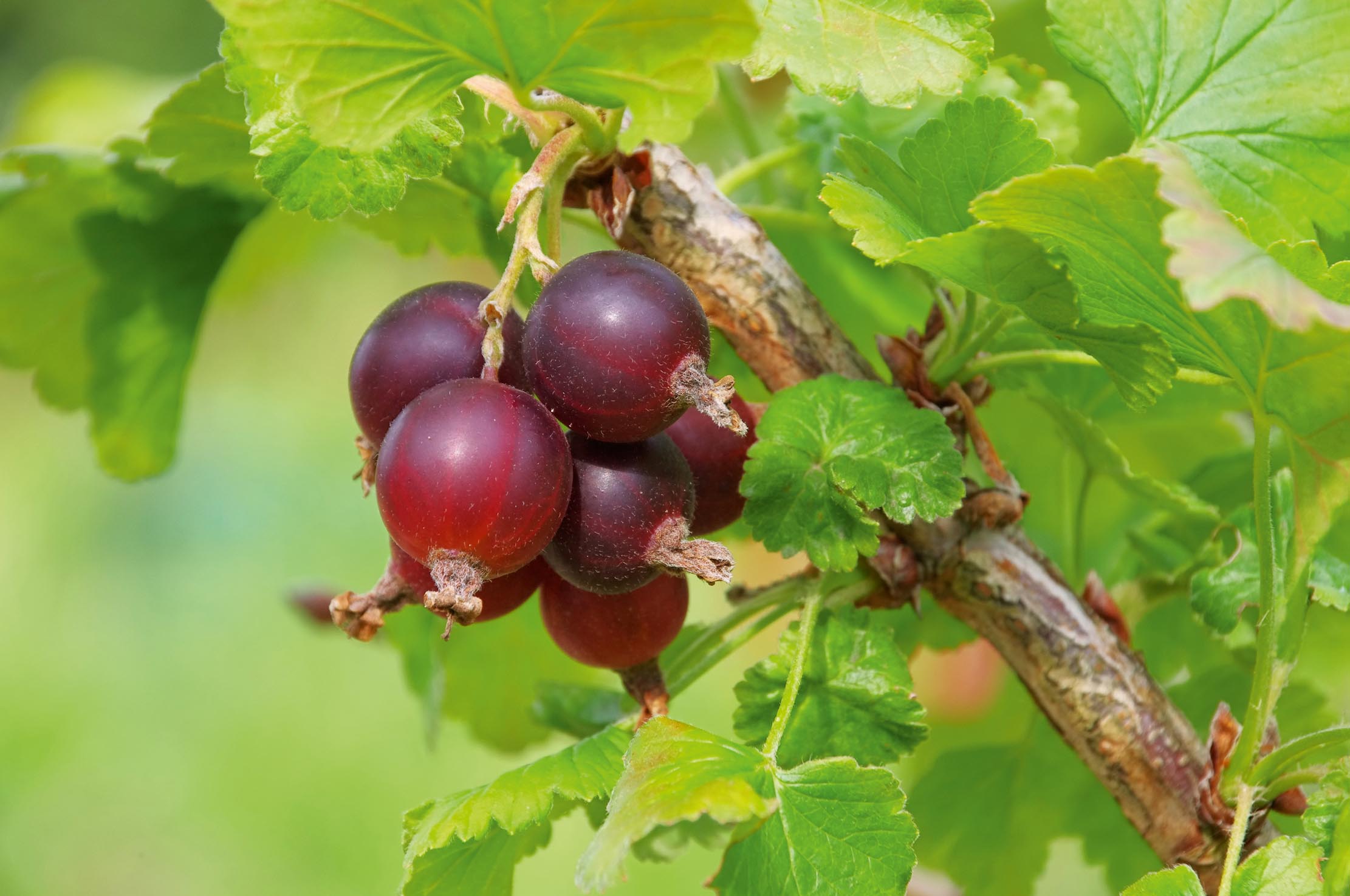
If you read Charlie and the Chocolate Factory as a child and dreamed of Willy Wonka’s delicious fruity wallpaper covered in snozzberries, you’ll be close to the sense of luxury and pleasure that comes with eating homegrown fruit.
I feel this especially with berries: to be able to pick handfuls to enjoy straight from the plant without cooking or even washing makes me unnaturally happy.
As much as I love blackberries, raspberries and strawberries, there is a special magic about those flavours beyond the supermarket shelves. Wineberries, blue honeysuckle, Chilean guava, jostaberries and more — all delicious — are among the many you can only enjoy if you grow them yourself.
Wineberries
Japanese wineberries were my first taste of unusual berries and, of those that resemble blackberries in growing habit, I think they are the most beautiful. Small, pale-pink flowers cover the plant in early summer, after which the calyxes open to reveal berries that ripen quickly from bright green to vivid orange to deep crimson. The fruit are sweet and delicious: imagine a crossover of blackberries, raspberries, mulberries and with a distinctive winey, grape-iness.
Native to northern China, Korea and Japan, wineberries were introduced to Europe and North America primarily to cross with raspberries, but they are so good uncompromised by hybridisation. At the end of the season, the arching canes’ soft, rust-red bristles catch the winter sun, bringing a dash of colour to the garden throughout the cold months.
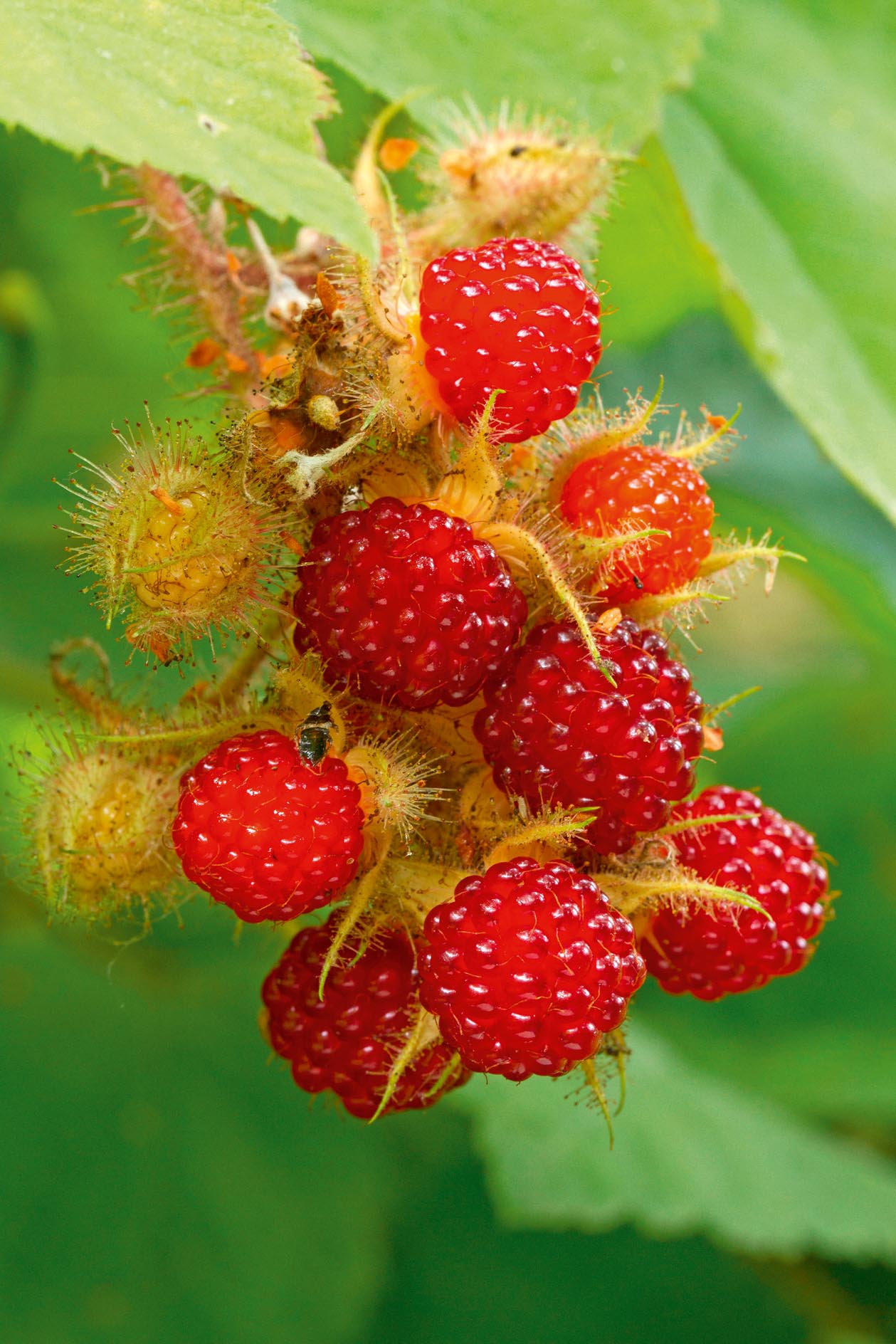
Loganberries
Loganberries, tayberries and boysenberries appear similar, but their flavours are delightfully distinct.
Loganberries display their raspberry and blackberry parents boldly, with their long, juicy, dark-red berries produced over a long period through mid and late summer. Their flavour is superbly sweet-sharp.
Exquisite houses, the beauty of Nature, and how to get the most from your life, straight to your inbox.
Tayberries
Tayberries, with their slightly darker, slightly sweeter berries, are a blackberry-raspberry cross. Their peak of productivity is earlier — usually from early July — which makes them a fine pair to grow together for a steady summer supply.
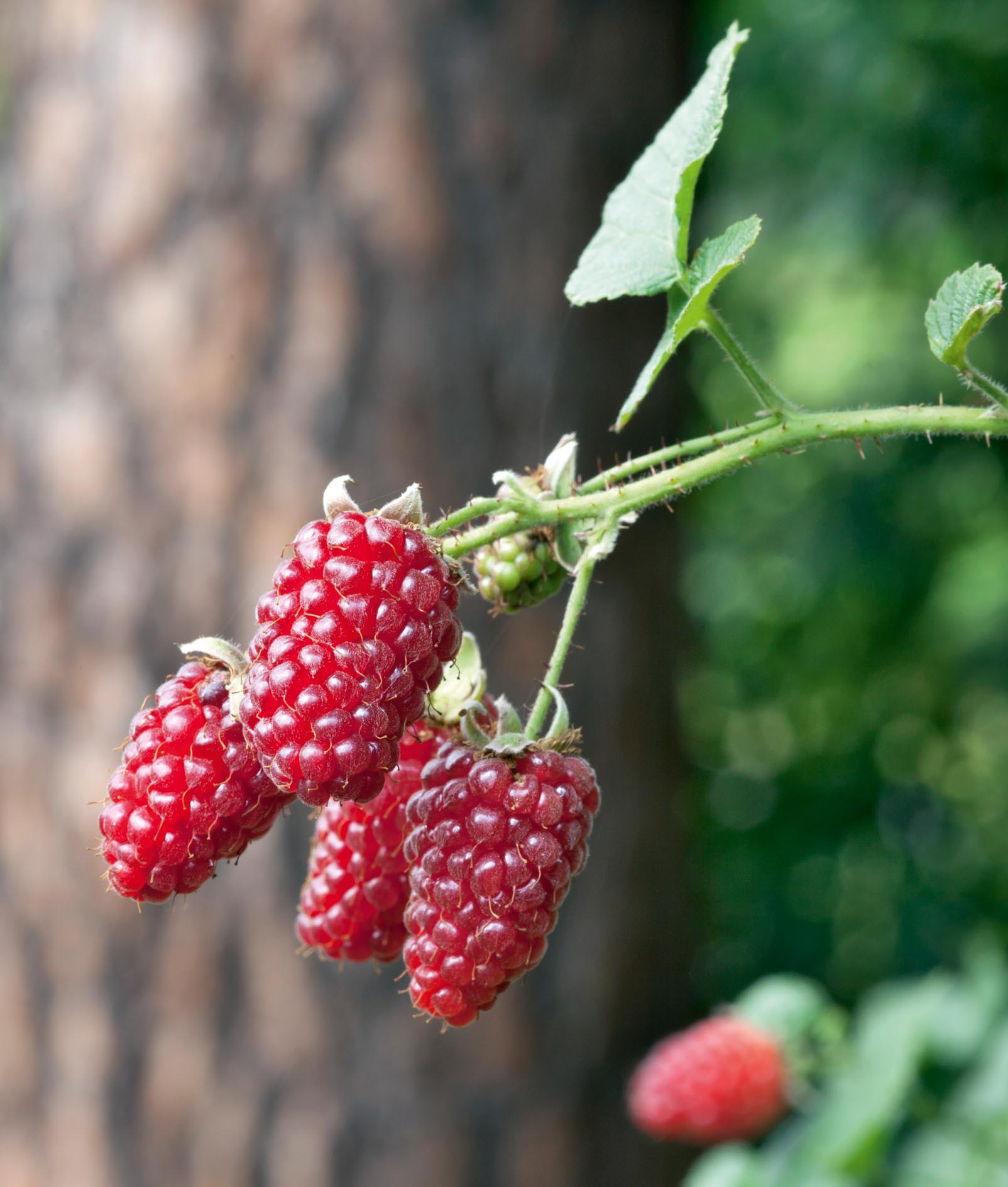
Boysenberries
Boysenberries — perhaps my favourite of the hybrids — are a Californian cross between raspberry, blackberry, American dewberry and loganberry. Their fruit is fat, dark and juicy, with a rich flavour of red wine and sweet blackcurrant. As with mulberries, boysenberries can be so juicy that they are easily damaged, so pick with care and eat them soon after.
Growing notes for loganberries, tayberries, boysenberries
- Each produces canes (up to 6ft long) in one year, then yields fruit in the next
- They can be grown formally — trained against a fence or wall as a fan — or allowed to ramble and arc naturally
- I rather like leaving the fruited canes to catch the winter light and frost, pruning them back to the base in spring, leaving only the one-year-old canes, which will bear fruit
- Each of the four is self-fertile, so there’s no need for more than one and every encouragement to find room for one of
Jostaberries
As a devotee of all things sour, I wait impatiently in early summer for the first gooseberries and perhaps more so for jostaberries, a superb cross between gooseberries and blackcurrants — and one which is thornless, delicious, prolific and trouble-free. Their flavour lies somewhere nearer gooseberries, but there is an unmistakable blackcurrant depth there, too.
They are ready at a similar time to gooseberries, but you can pick early for sharpness, later for sweet. If you have limited space, this is the one to grow instead of gooseberries and blackcurrants, but, if you have room, grow all three.
For growing notes - see Mark's piece on how to grow gooseberries
Blue honeysuckle
Blue honeysuckle (also known as honeyberry) grows as a medium-sized shrub, bred in cold regions such as Siberia to be productive and hardy. The fruits are delicious: imagine slightly elongated, more intensely flavoured blueberries with a touch of blackcurrant about them. A shower of small yellow fluted flowers draws early bees to the plant in March, with the first fruit of the year arriving in May.
Growing notes
- Does not require pruning, but happy to be clipped for shape or size
- As with blueberries, two or three varieties grown closely together produce the best harvest, although there is no need for ericaceous soil with blue honeysuckle
- Superb in muffins and in place of blueberries, on pancakes, for breakfast and so on
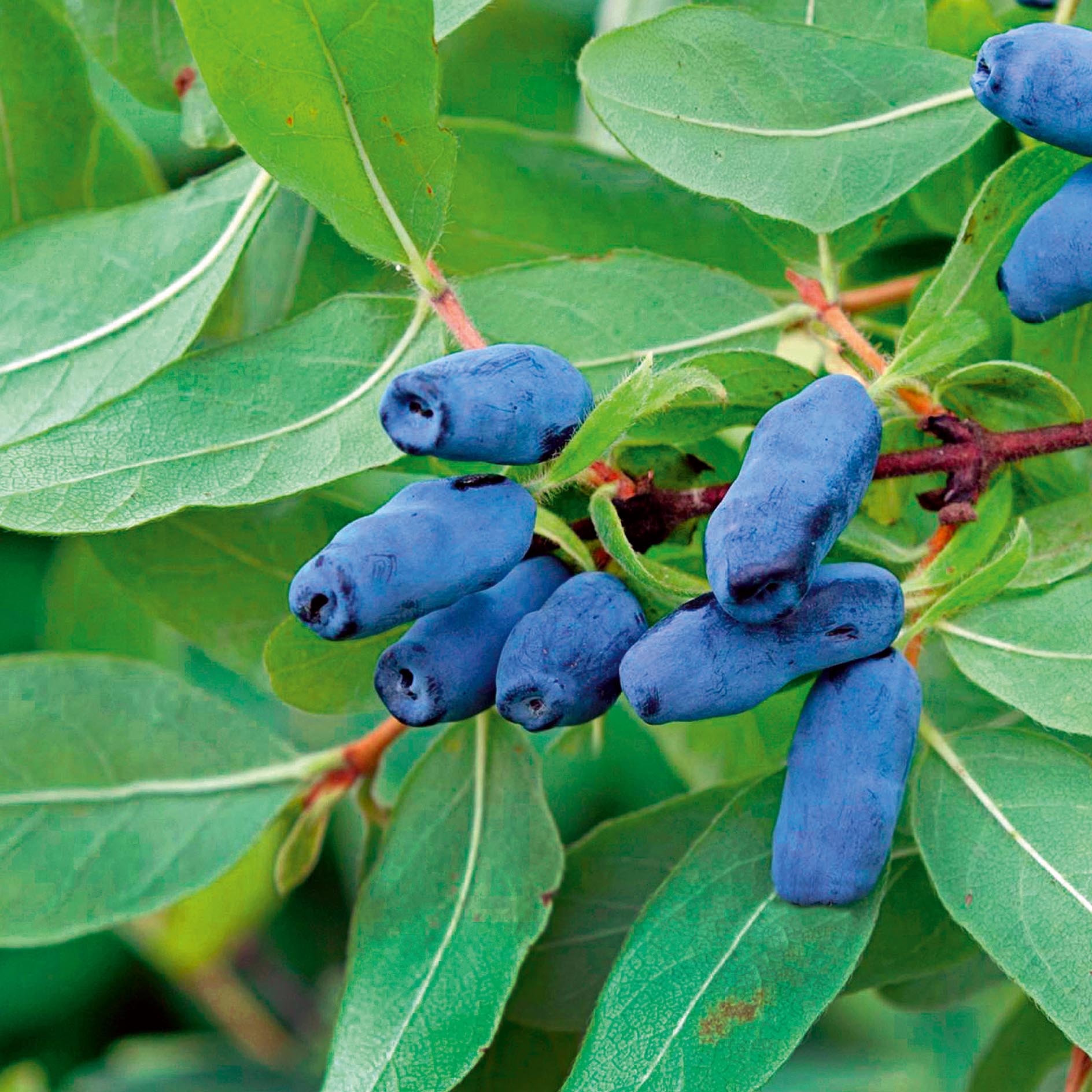
Chilean guava
Chilean guava (Ugni molinae) are widely grown down under as tazziberries and are increasingly popular here in the UK. This evergreen shrub reaches about 3ft high and wide at most, with dark glossy leaves and pale-pink and white bell-shaped flowers in summer. Beautiful to us and the bees, they have a sunny day scent carried on gentle breezes that will throw its arms around you even yards from the plant. I would grow them for this alone. Yet, the best is to come.
The pink/blue berries that follow ripen darkly late in autumn and into winter when everything else is pulling on its winter scarf. Their flavour is hard to nav-gate via others, but imagine a deeper, more complex strawberry crossed with perfectly ripe kiwi, a little blackcurrant and a touch of bubblegum. Allow them to ripen longer than you think: the flavour deepens with time.
Growing notes
- Hardy to about -10°C, so use fleece or straw during particularly cold spells to prevent a bit of dieback
- Native to woodland edges, they thrive in a combination of a moist, well-drained soil, full sun and shelter
- Although they are delicious wherever you might use blueberries, I tend to eat most straight from the plant
- A good handful makes a superb vodka or gin infusion
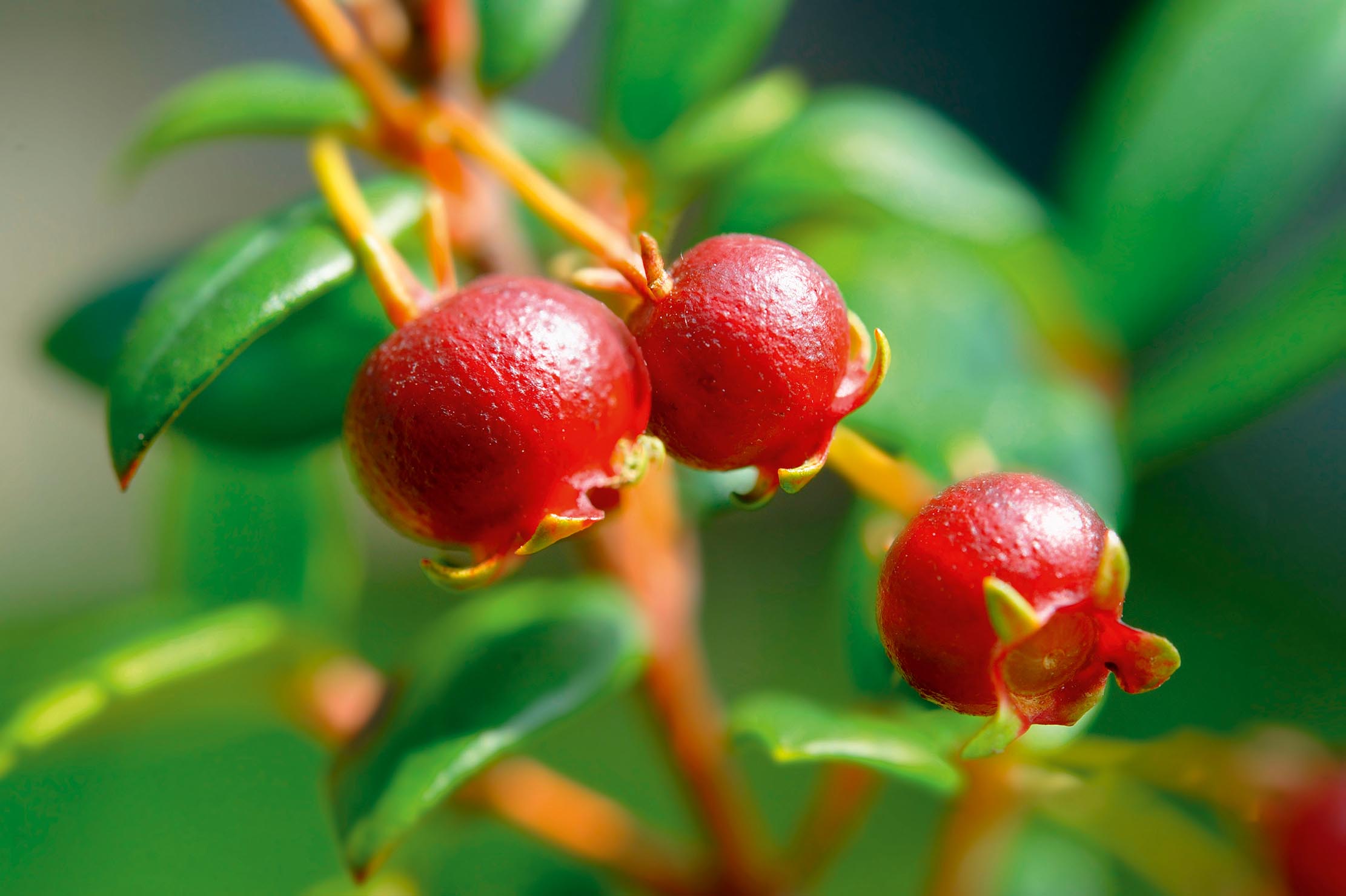
Fuchsia
As unfortunate as I find their appearance, I love the fruits of the fuchsia. The shockingly grim 1980s earrings that pass for their flowers make me feel quite ill when I see them, but — and if this doesn’t establish me as a glass- half-full kind of a person, I don’t know what will — I try to remember that their flowers have evolved to attract hummingbirds for pollination in their native South America.
The long, slender fruits that follow are delicious, although the flavour varies considerably with variety. ‘Globosa’, ‘Gracilis’ (larger) and ‘Riccartonii’ are three of the best to look out for. Allow them to ripen and you can expect them to taste very much like a plummy kiwi.
Growing notes
- Thrives in fertile, moist, but well-drained soil, in a sheltered spot in partial shade, away from cold winter winds
- Responds well to a mulch of well-rotted manure or compost in autumn
- I eat most fresh from the plant or as part of a fruit salad
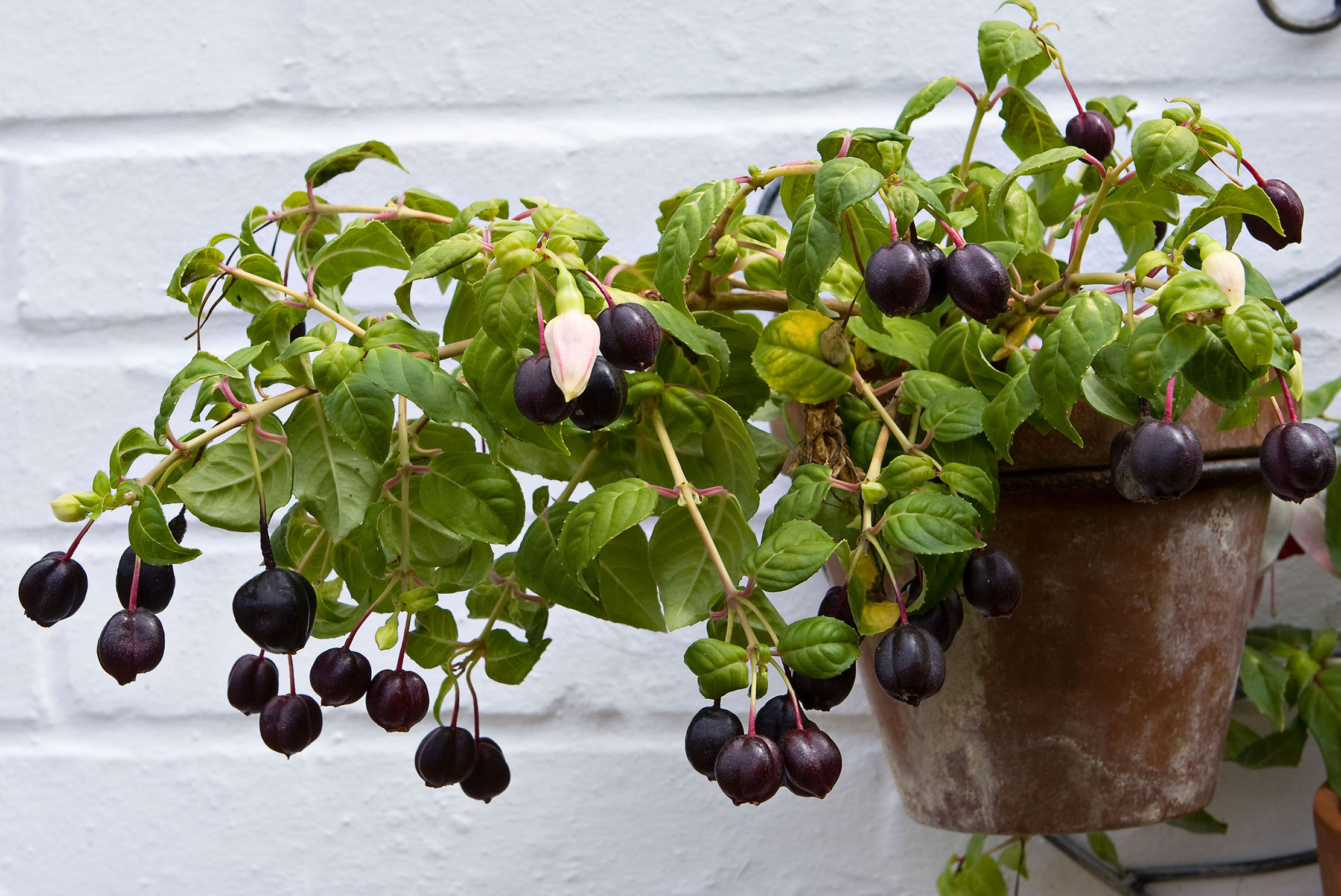
Autumn olive
I am often asked to design edible hedges to provide privacy, boundary, shelter and offer something delicious into the bargain. Of course, the familiar natives such as hawthorn and blackthorn work well, but, of the many alternatives, autumn olive (Elaeagnus umbellata) is one I wouldn’t be without. Native to the wooded hills of Japan and China, its common name comes from the shape and colour of the leaves, resembling as they do the familiar olive.
The profusion of small, pale-yellow flowers that dots the length of its branches is delightful, yet the fragrance is peculiarly elusive: you can press your nose in and get nothing, then be enveloped by the scent as you walk away. Small spherical berries follow in midsummer, ripening to a lively red-pink through autumn. Close inspection reveals a silver speckle.
Try them before fully ripe and they are sharp; leave them as long as your patience will allow for the tannins to drop and the sugars to dominate.
Growing notes
- A quick-to-establish nitrogen fixer, capable of growing in poor soil and exposed conditions
- Avoid a chalky soil and full shade
- Needs no maintenance: simply prune for size and shape as you wish
- The fruits’ sweet-sharpness makes them ideal for preserves, such as fruit butters, jams and jellies
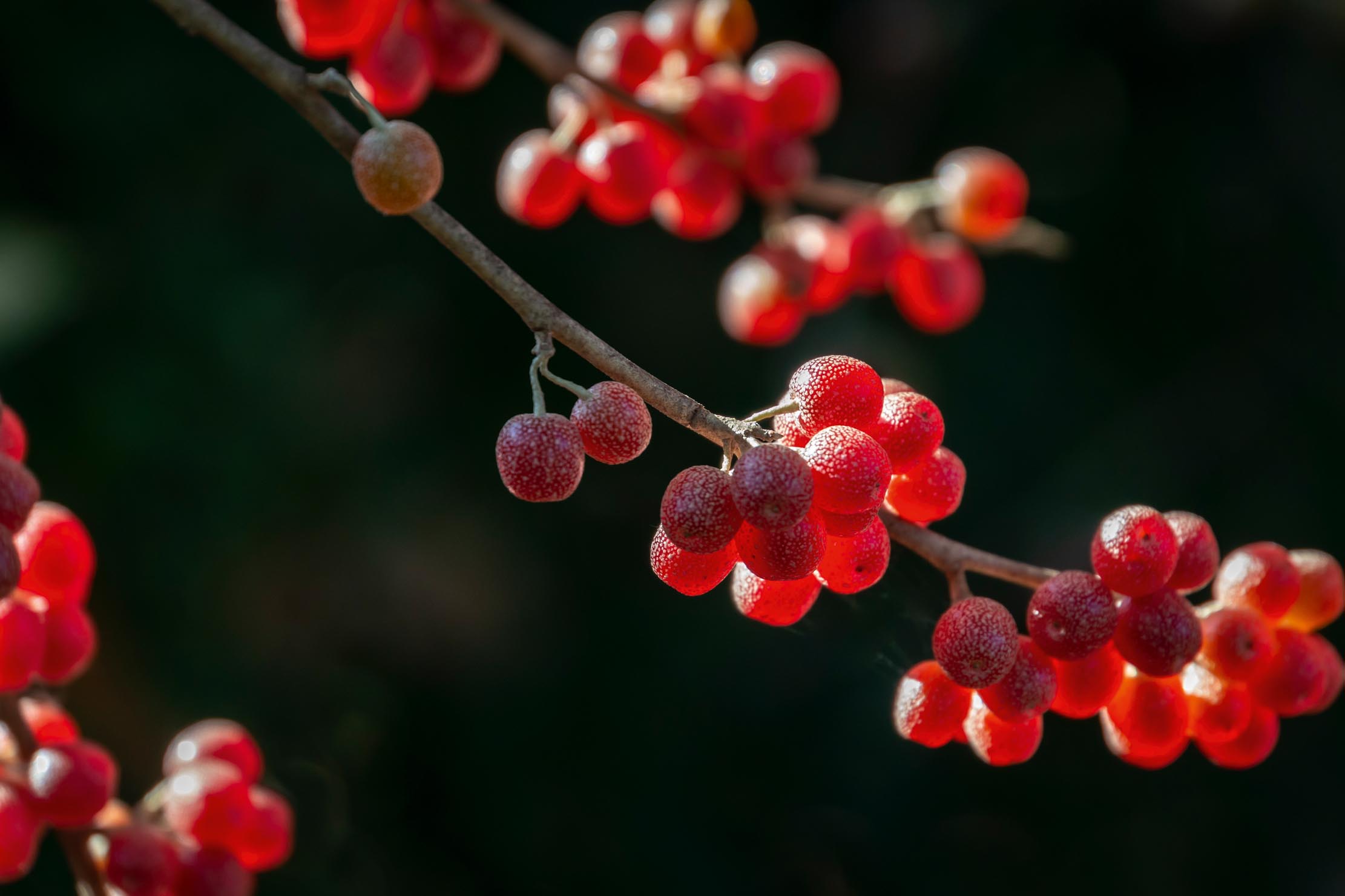
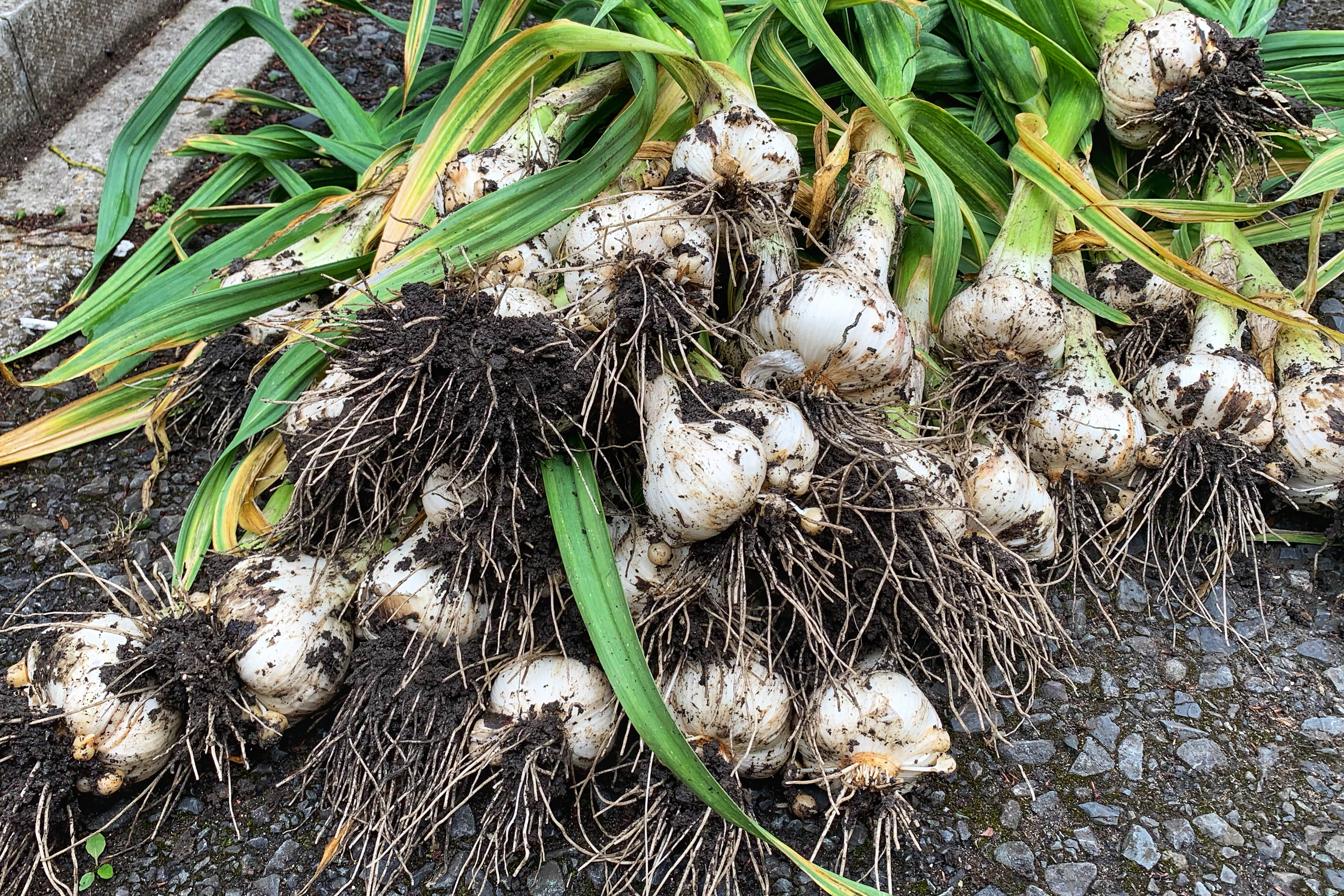
Credit: Getty Images
How to grow garlic: Delicious, lucky and superbly easy to cultivate
Mark Diacono teaches us how to grow garlic.
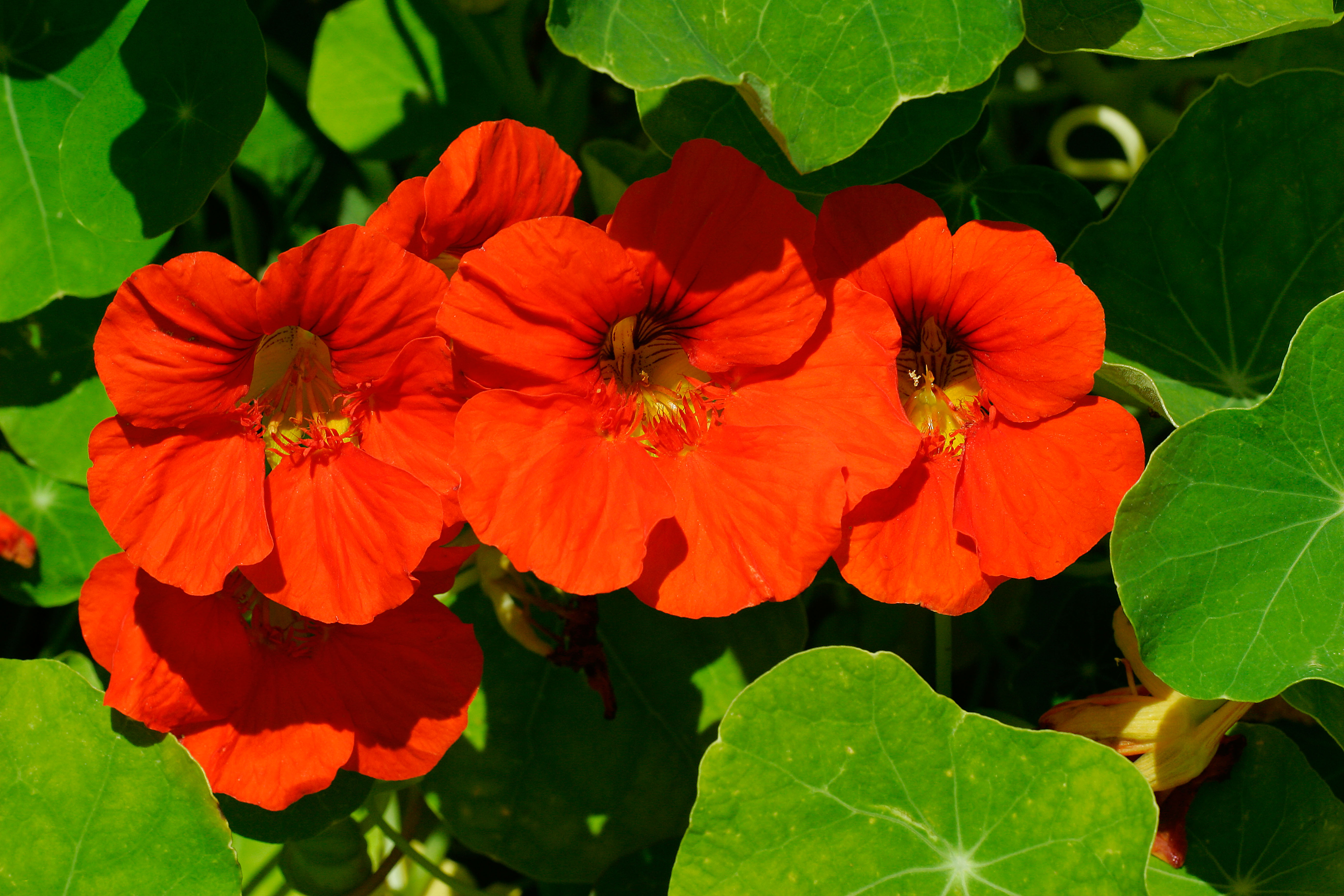
Credit: Alamy
The top salad leaves to grow in your garden for summer garnishes
Mark Diacono tells us his top salads to plant to accompany barbecues this summer season.
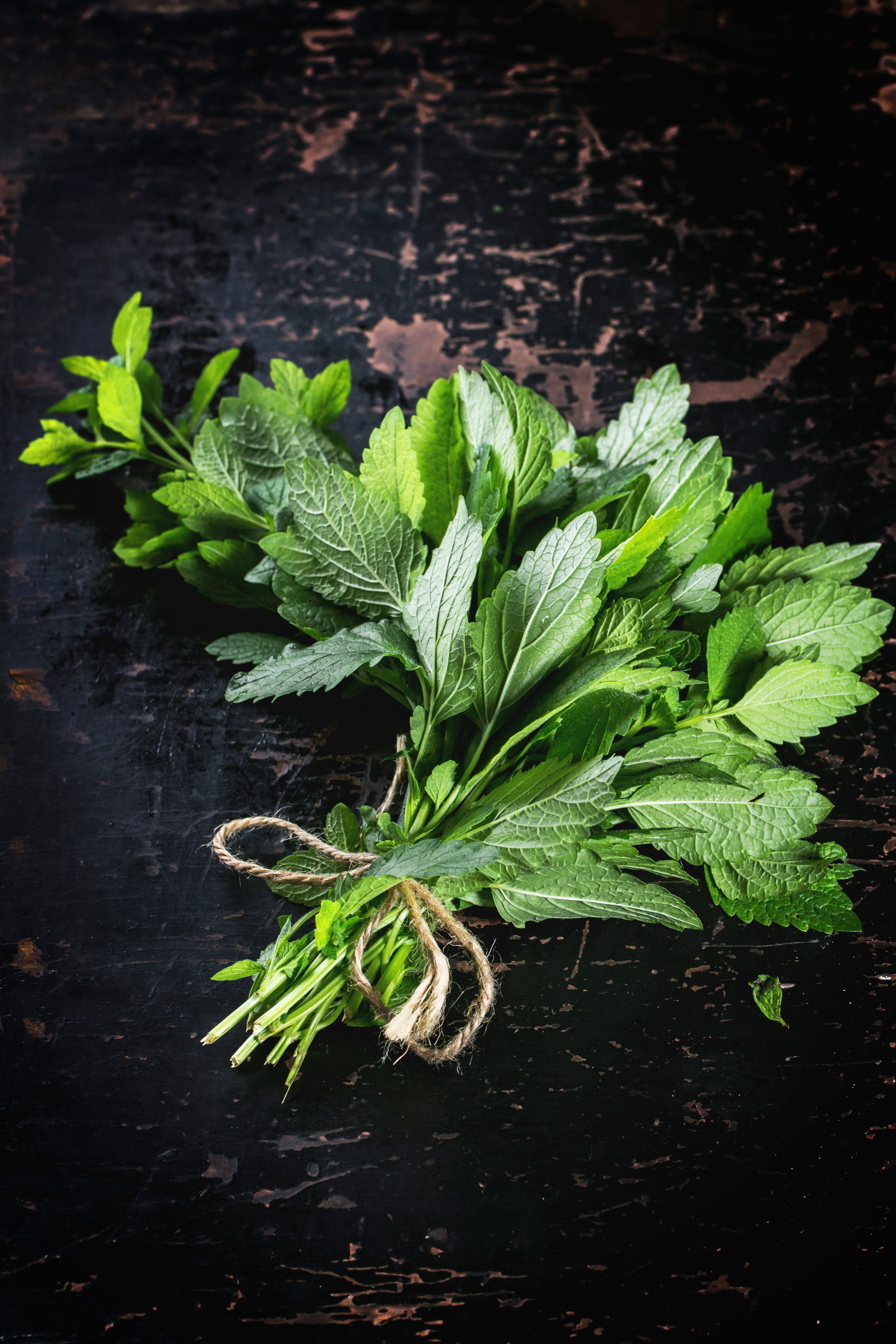
Credit: Alamy
Cultivating mint: What varietals to plant, where to plant them and whether they should be used for jelly or juleps
Mark Diacono explains why mint is for even the incurably incompetent horticultural enthusiast.
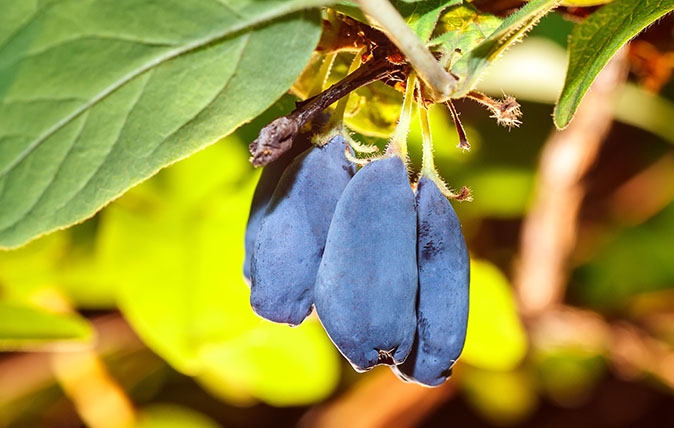
How to enjoy home-grown berries for seven months of the year
Mark Diacono offers us some berry good advice for enjoying our breakfast favourites, whatever the season.
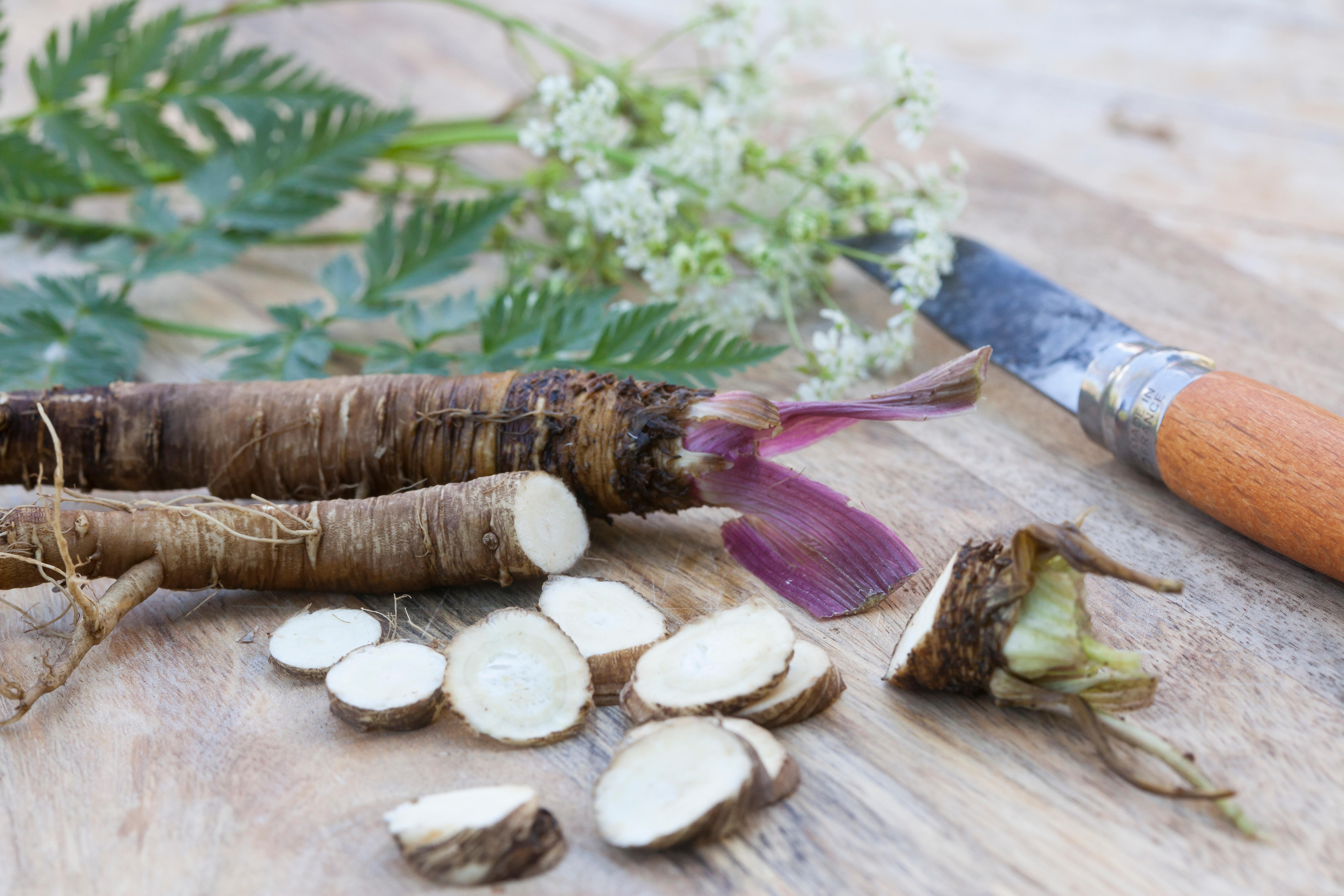
Credit: Alamy
The 'underground treasures' which are like a gardener's game of chicken — hold your nerve, and the pay-off is spectacular
Growing plants specifically to harvest their roots takes faith, patience and nerve, explains Mark Diacono, but it's well worth the
Mark is lucky enough to spend most of his time eating, growing, writing and talking about food. He has written fourteen award-winning books, including A Year at Otter Farm and A Taste of the Unexpected (both won Food Book of the Year, and Garden Book of the Year). Known for growing everything from Szechuan pepper to pecans to Asian pears, Mark's refreshing approach to growing and eating has done much to inspire a new generation to grow some of what they eat. He was involved in the early days of River Cottage, appearing in the TV series, and writing four River Cottage books. Mark writes to a global audience on his best-selling Substack: Mark Diacono’s Abundance.
